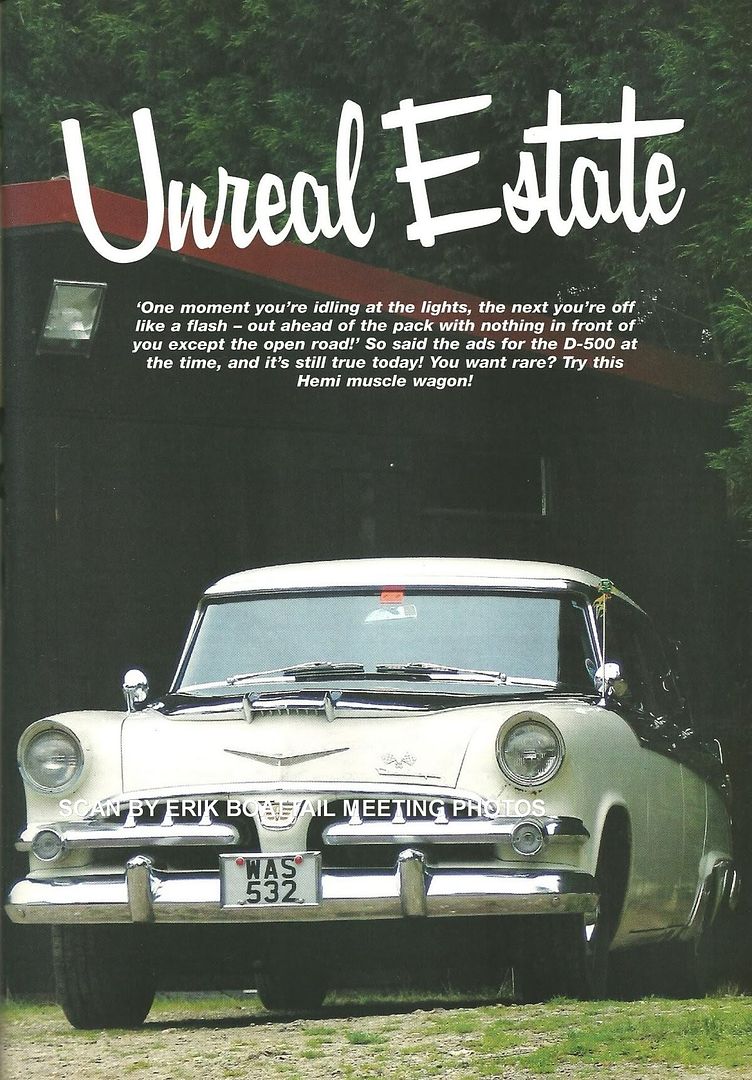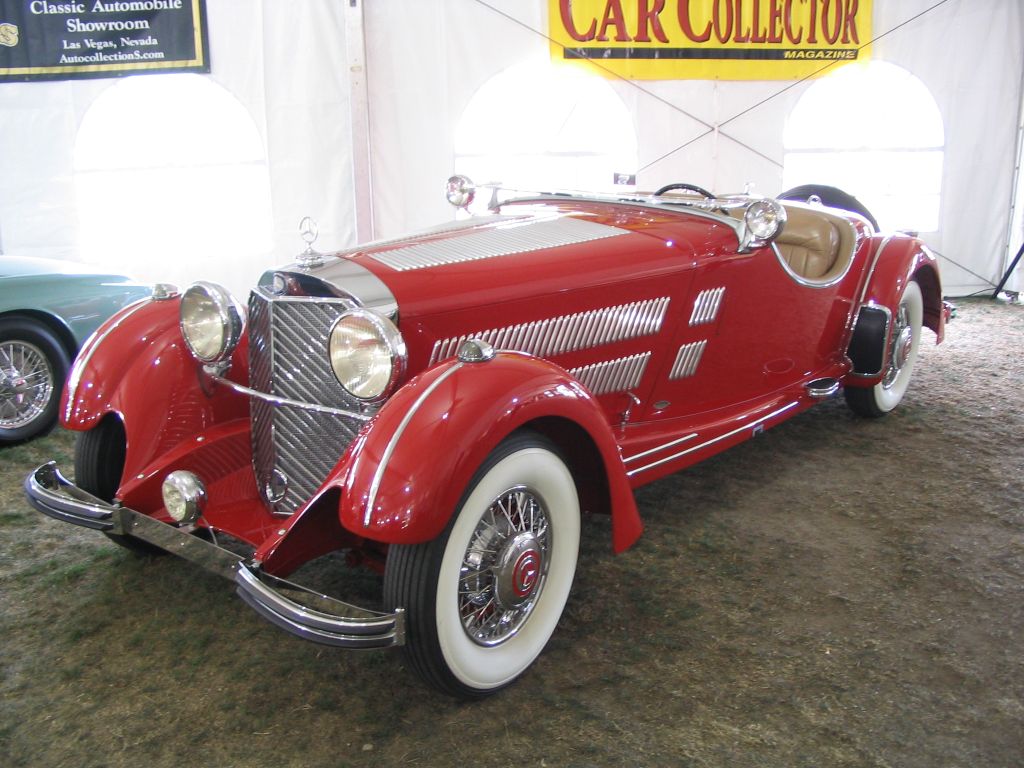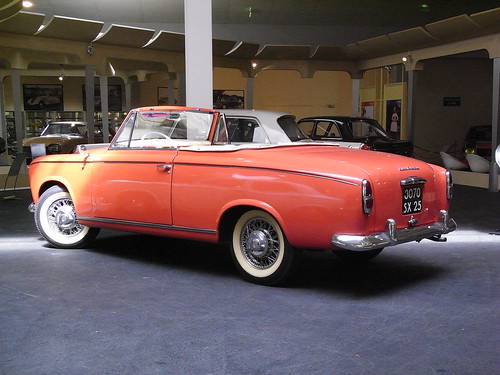The Mercedes-Benz 450SEL 6.9 is a high-performance version of the S-Class luxury saloon. It was built on its own assembly line by Daimler-Benz in Stuttgart, Germany and based on the long-wheelbase version of the W116 chassis introduced in 1972. The model was generally referred to in the company's literature as the "6.9", to separate it from the regular 450SEL.

Mercedes-Benz 450SEL 6.9
The 6.9 was the first Mercedes-Benz to be fitted with the hydropneumatic self-levelling suspension system developed by Citroën in 1955, unlike the 600 and 6.3 which employed air suspensions. Using a combination of fluid-filled struts and nitrogen-filled pressure vessels or "accumulators" in lieu of conventional shock absorbers and springs, the system was pressurized by a hydraulic pump driven by the engine's timing chain. Compared to the new Mercedes-Benz system, Citroën's was belt-driven, exactly like a conventional power steering pump; failure of the Citroën system thus might result in loss of suspension. Conversely, every unit of the 6.9 was shipped with hard rubber emergency dampers that served as temporary springs and allowed the car to be driven in the event of a hydraulic failure. The special hydraulic fluid required by the system was stored in a tank inside the engine compartment. Not only was the system totally self-adjusting, ride height could be altered by a dash-mounted push-pull knob under the speedometer that raised the car an additional two inches (50 mm) for increased ground clearance. The National Highway Traffic Safety Administration (NHTSA) made this feature illegal in the US market,[citation needed] but it could be enabled simply by removing a limiter at the tank-mounted control valve.

File:Mercedes Benz 450SEL

Файл:Opel Movano rear

New Opel Movano raises the bar




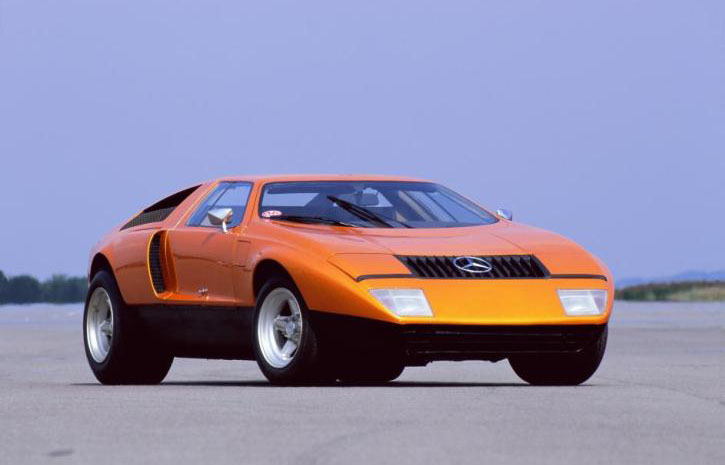

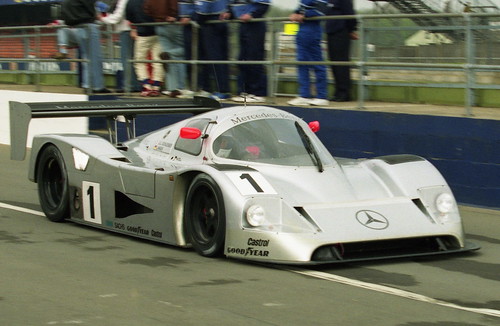








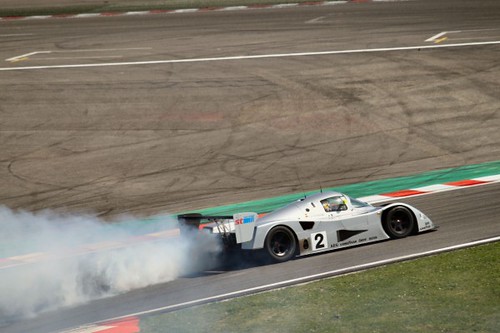

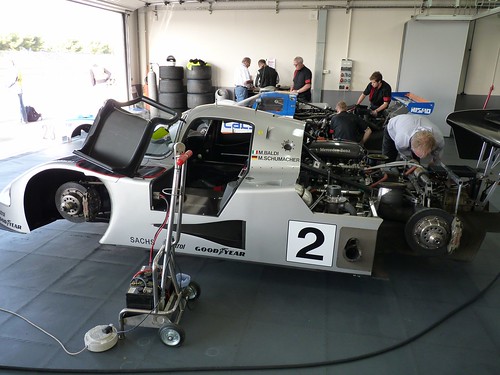

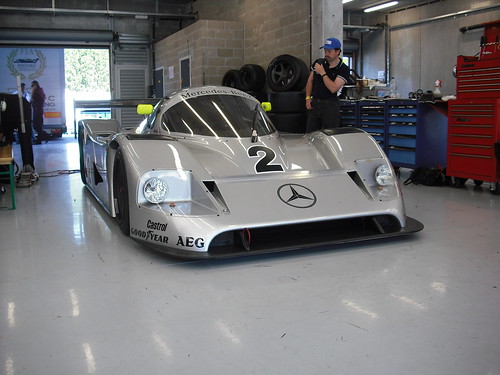
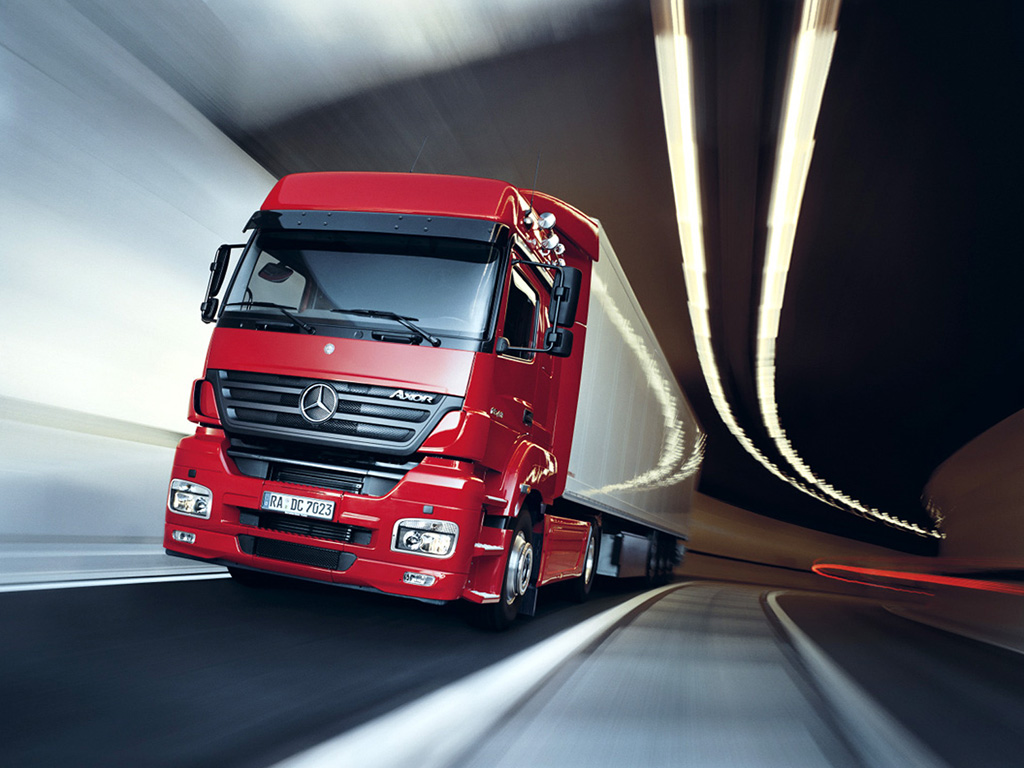





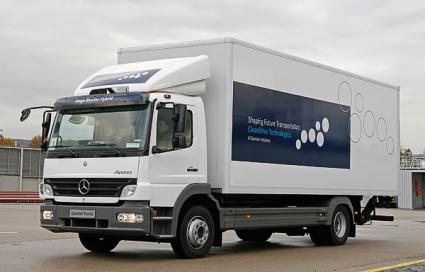






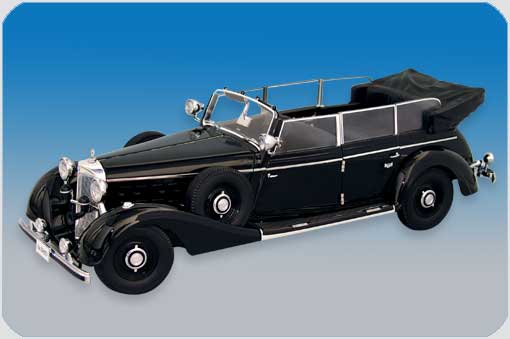








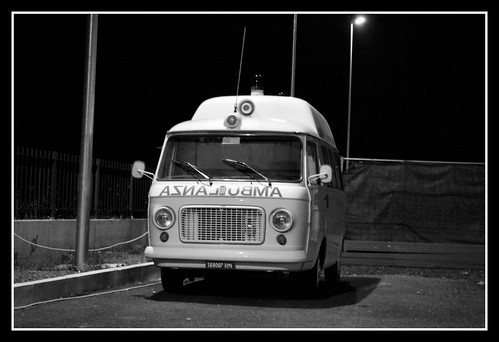
.png)
